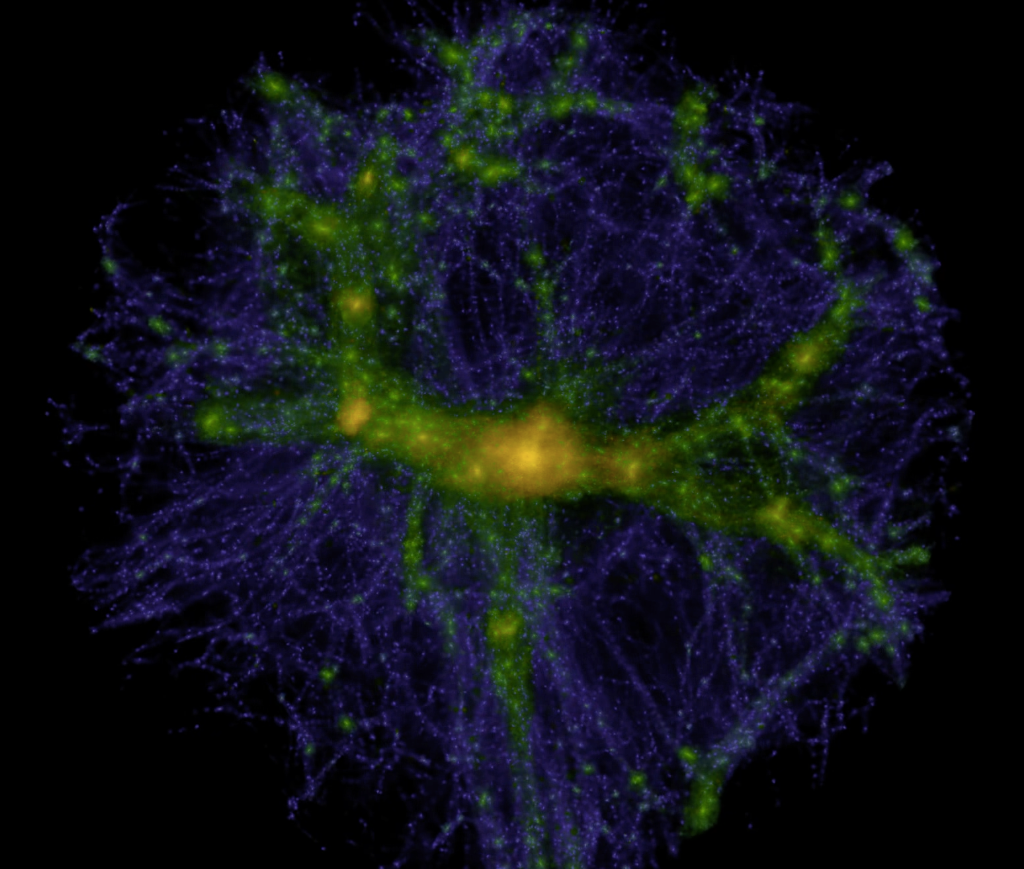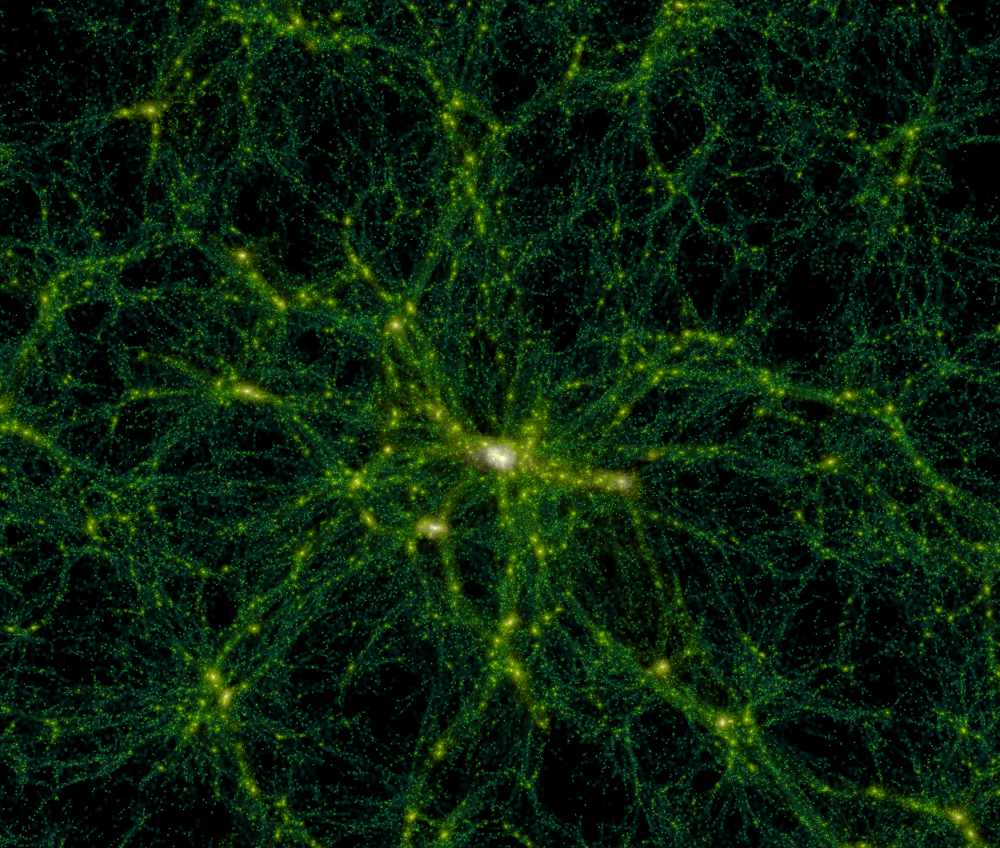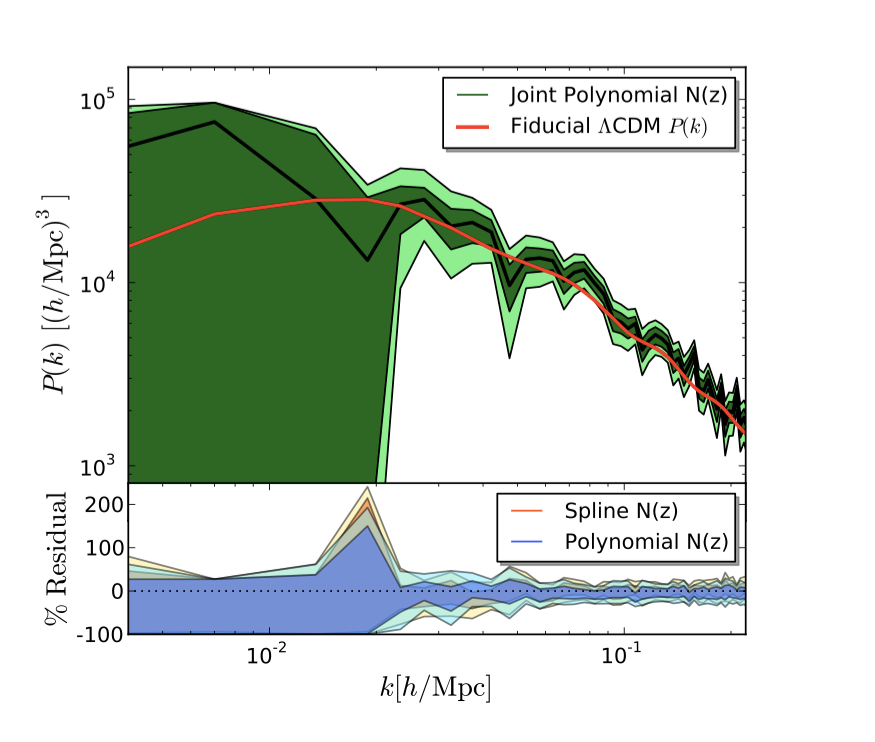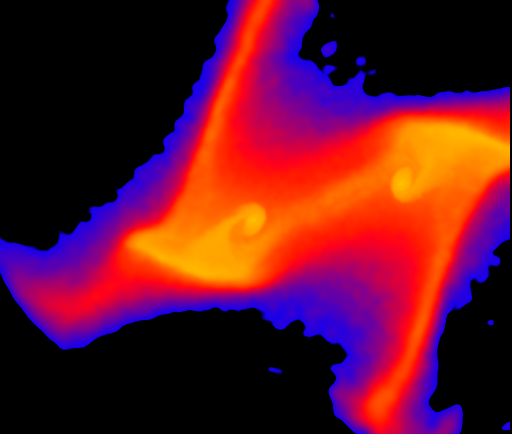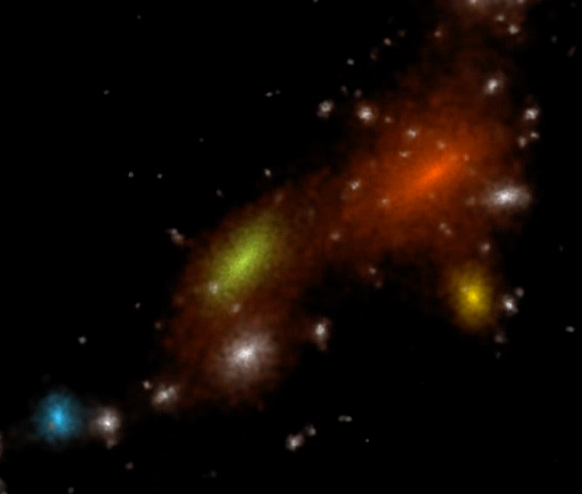
Convergence properties of halo merger trees and halo merger rates across cosmic time
In this work I present a method for building halo merger trees which are robust against pathologies introduced by errors or ambiguities in the halo finding process. The method builds matches using sorted lists of halo IDs and scans over a range of snapshots - both forwards and backwards in time - to construct halo progenitor lines. A detailed covergence study using the popular Subfind halo finder yields the optimal snapshot cadence and scan range for converged results. Merger rates are obtained for both friends-of-friends and substructure halos across most of observed cosmic time and galactic scales.
